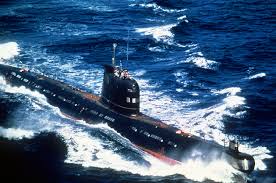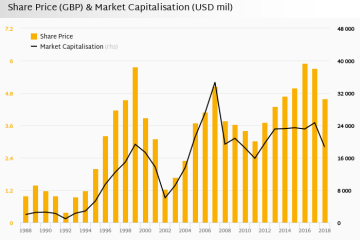The Strategic Importance of Russian Submarines in Modern Warfare

Introduction
In recent years, the significance of Russian submarines has gained increased attention amidst ongoing geopolitical tensions and military modernization efforts. As one of the most formidable naval assets, Russian submarines play a crucial role in national security and international dynamics. Their advanced technology and strategic capabilities pose a considerable challenge to rival naval forces, making the study of their development and operations highly relevant today.
Current Capabilities and Developments
The Russian Navy operates a diverse fleet of submarines, including nuclear-powered and diesel-electric vessels. The latest addition, the Project 955 Borei-class submarines, is designed to enhance Russia’s nuclear deterrence strategy. With capabilities to carry Bulava intercontinental ballistic missiles, these submarines are a critical element of Russia’s triadic nuclear force.
Moreover, older classes, such as the Kilo and Akula submarines, remain operational and have been updated with modern weaponry and stealth technology. As of 2023, Russia has also been focusing on underwater drone technology, suggesting an evolving naval strategy that incorporates unmanned systems for reconnaissance and attack missions.
Recent Naval Exercises and Operations
Recently, Russian submarines have participated in various exercises, both in the Arctic and in the Mediterranean Sea, showcasing their underwater capabilities and adaptability to multiple operational environments. In August 2023, a series of drills in the Arctic involved the deployment of submarine-launched cruise missiles, underscoring Russia’s intent to project power and secure its maritime interests in this strategically vital region.
Additionally, the Russian Navy has maintained a routine of patrolling near NATO waters, raising alarms in Western capitals regarding potential threats. These activities illustrate a broader strategy aimed at intimidating rivals and asserting influence in contested maritime zones.
International Reactions and Implications
The resurgence of Russian submarine capabilities has prompted NATO and partner nations to enhance their anti-submarine warfare (ASW) capabilities. Countries like the United States and the United Kingdom are investing in advanced sonar technologies and improving operational coordination to counter potentially aggressive posturing from the Russian fleet. Tensions have surged in regions like the North Atlantic, where submarine activity remains a focal point of military concern.
Conclusion
In conclusion, Russian submarines are not merely tools of warfare but critical components of the nation’s maritime strategy that significantly influence global power dynamics. As geopolitical tensions continue, the maintenance and enhancement of submarine capabilities can be anticipated. Observers will need to remain vigilant regarding the implications of Russian naval activity on international security and the potential for escalation in conflict-prone areas.









